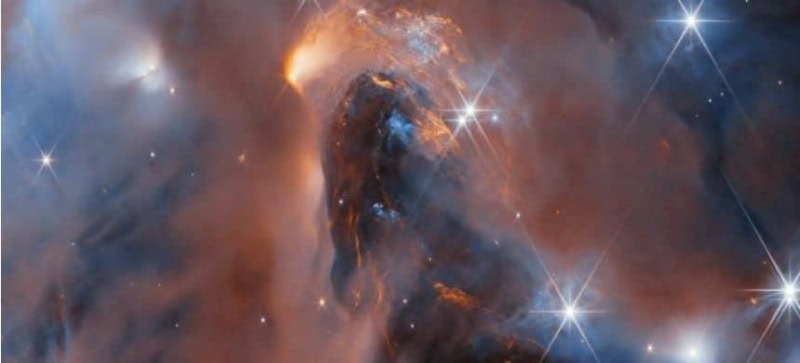The James Webb Space Telescope has identified six potential rogue planets, including the lightest object ever found with a dusty disk around it. These discoveries suggest that the processes creating stars might also produce objects only slightly larger than Jupiter, challenging our understanding of star and planet formation.
Lead author Adam Langeveld from Johns Hopkins University explains that the findings probe the limits of the star-forming process, especially with the lightest object weighing around five Jupiter masses. The presence of a dusty disk around this object implies it likely formed in a similar way to stars, providing new context for understanding both star and planet formation.
Read more: Seismic Data has Uncovered a Large Underground Reservoir of Liquid Water on Mars
The discoveries come from Webb’s deep survey of the young nebula NGC1333, revealing gas giants five to ten times more massive than Jupiter. These low-mass objects likely formed through processes associated with star and brown dwarf creation, suggesting that planetary mass objects can form in multiple ways.
Additionally, the study uncovered a new brown dwarf with a planetary-mass companion, challenging current theories of how binary systems form. These findings push researchers to refine models of star and planet formation, as nature continues to reveal a diverse range of celestial systems.









